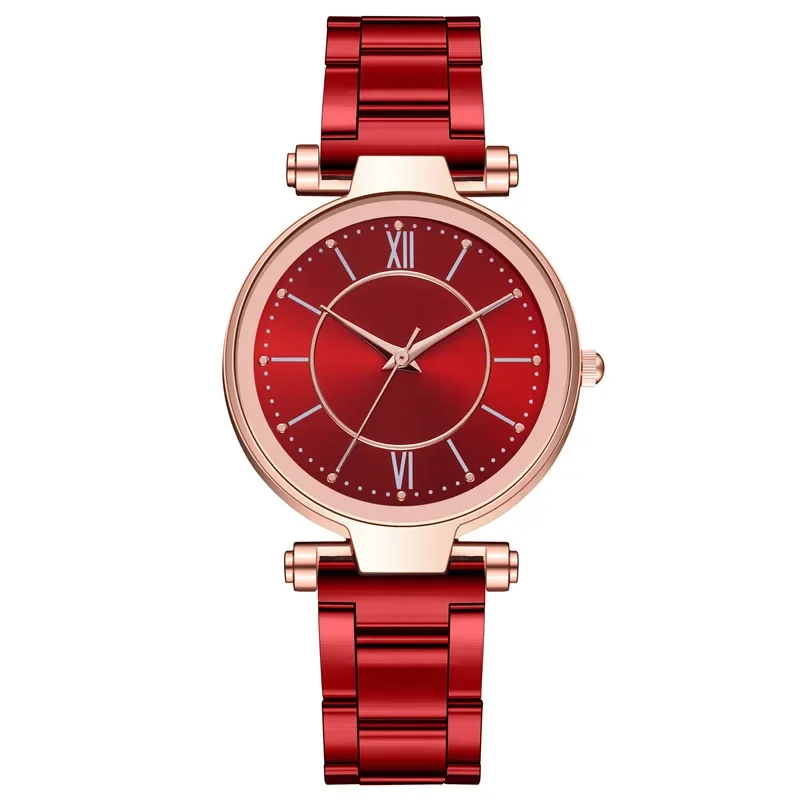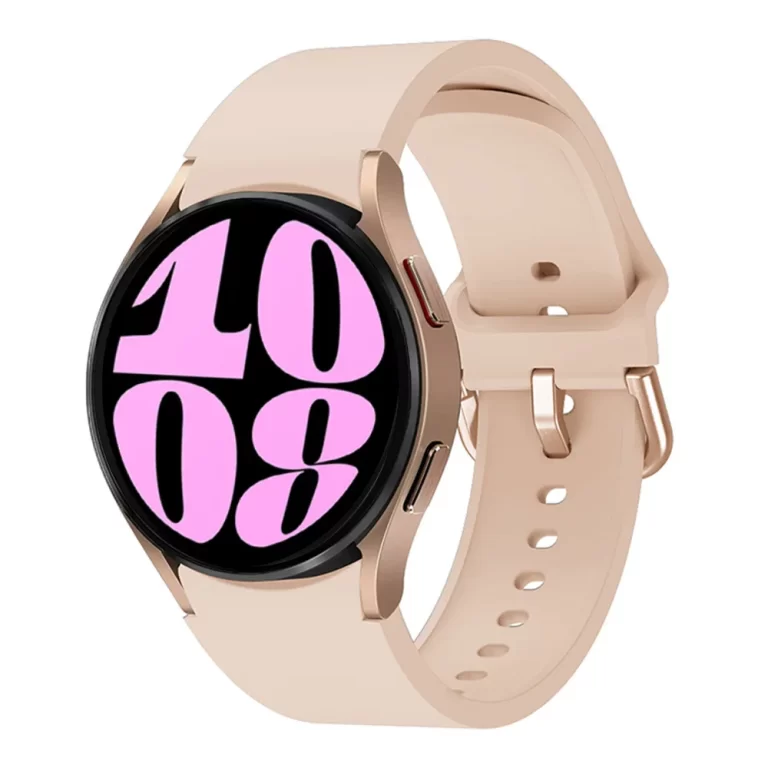Introduction
Watchmaking has a rich history filled with innovation and craftsmanship. Among the most fascinating chapters in this story is the invention of the wristwatch. Although we now take wristwatches for granted as essential accessories, their origin reflects a unique blend of necessity, style, and technological advancement. In this article, we will dive deep into the journey of the first wrist watch ever made. We will explore its creation, significance, and the impact it had on modern society.
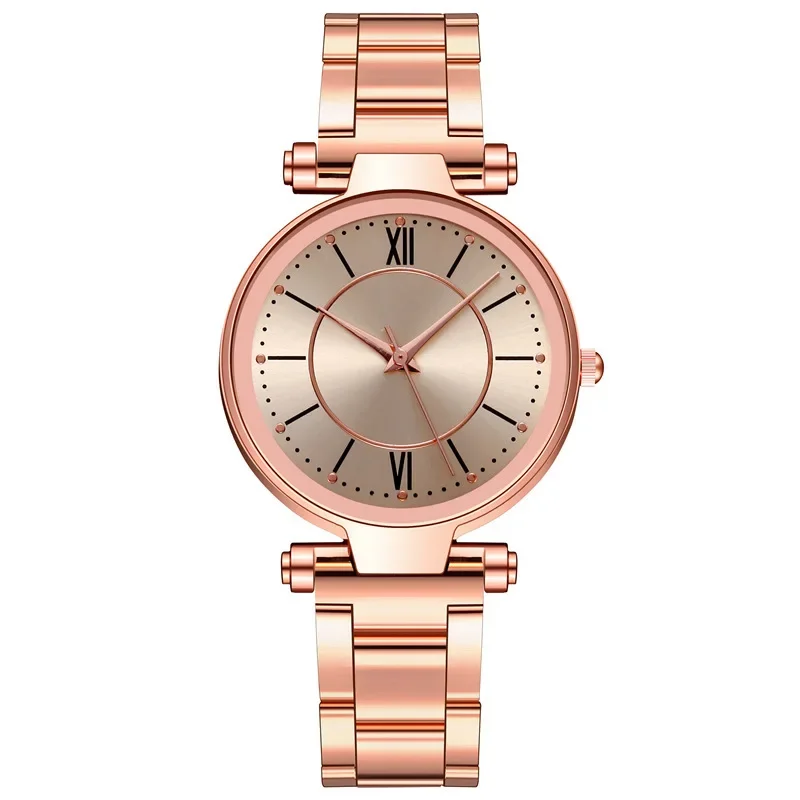
The Historical Context of Timekeeping
Before we delve into the first wristwatch, it’s essential to understand the historical context of timekeeping. For centuries, people used various tools to measure time. The earliest timekeeping devices included sundials and water clocks. They provided a rudimentary way for people to understand the passage of time based on natural elements. However, these early devices were not very precise, nor could they be easily carried around.
The invention of mechanical clocks in the Middle Ages changed things significantly. These clocks allowed for more accurate timekeeping and were often housed in towers or churches. People relied on bell chimes to know when to perform daily activities. Yet, despite the invention of mechanical clocks, the concept of personal timepieces was still far from reality.
In the 16th century, the development of portable clocks began. Early watches were designed as large, pocket-sized devices. They were not particularly practical, as they often required a chain or string to keep from falling. However, as craftsmanship improved, these pocket watches became more refined. Artisans began crafting ornate timepieces that showcased the skills of watchmaking.
Still, pocket watches had their limitations. People found them cumbersome and inconvenient, especially during rigorous activities such as horseback riding or military engagements. This led to a growing desire for a more practical timepiece that one could wear conveniently. This evolving need set the stage for the creation of the wristwatch.
The Birth of the First Wristwatch
The story of the first wristwatch begins in the late 19th century. While exact details can be somewhat murky, it is widely believed that the illustrious watchmaker Patek Philippe made one of the first wristwatches for Countess Koscowicz of Hungary in 1868. This timepiece was not designed for everyday wear but rather as an elegant piece of jewelry. Many historians regard this exquisite creation as the true starting point of wristwatches.
Patek Philippe’s invention was unique for its time. The countess was a sophisticated woman who wanted a watch that complemented her style rather than a bulky pocket watch. The wristwatch’s design reflected this desire for practicality and elegance. It featured a small, delicate face mounted on a gold bracelet that could easily be worn on the wrist. This fusion of functionality and style captured the imagination of many.
As the 19th century progressed, the wristwatch began to gain traction among women. Ladies appreciated the practicality of the wristwatch during everyday activities, including social events and household chores. Manufacturers began producing more wristwatches aimed specifically at women, introducing designs that merged artistry and function. Meanwhile, men primarily continued to favor pocket watches.
However, the rise of the first wrist watch ever made was about to shift dramatically. The onset of World War I created an increasing need for military personnel to keep track of time. Soldiers found pocket watches unsatisfactory for their requirements on the battlefield. Having to retrieve the watch from their pocket could be cumbersome and dangerous in critical situations.
The Impact of World War I on Wristwatch Design
During World War I, armies began to recognize the benefits of wristwatches. Soldiers could track time without taking their hands off their weapons. The military’s need for practicality propelled the wristwatch into the mainstream. As a result,first wrist watch ever made manufacturers began producing wristwatches specifically designed for military service.
These wristwatches typically featured larger dials, luminous hands, and durable materials. Soldiers needed watches that would withstand rugged conditions. They also required clear visibility in low-light scenarios. Manufacturers like Rolex, Waltham, and Hamilton stepped up to meet the demands of the military.
The introduction of wristwatches to the battlefields paved the way for rapid innovation. Many men returned from the war with a newfound appreciation for wristwatches. They came to see them as not only functional tools but also stylish accessories. Sales soared after the war, and watchmakers began creating wristwatches in diverse styles and designs.
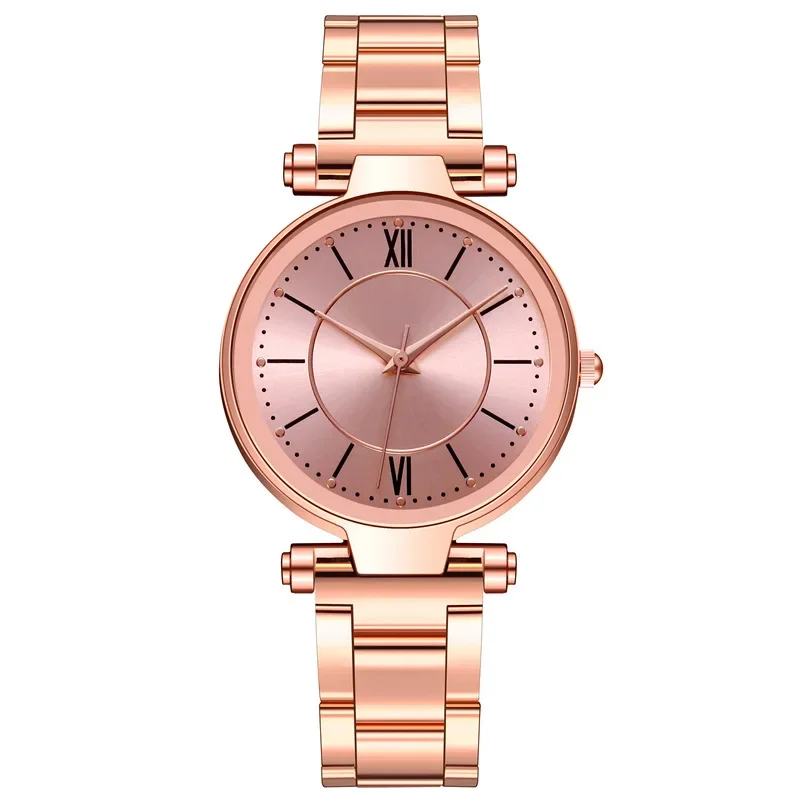
This period marked a significant turning point for first wrist watch ever made. They evolved from a feminine accessory into a popular choice for men as well. The design flexibility and functionality offered by wristwatches allowed them to transcend gender boundaries. As a result, wristwatches became symbols of modern precision and reliability.
The Evolution of Wristwatch Technology
With the increased demand for wristwatches, manufacturers realized they needed to innovate and improve technology. Early wristwatches relied on manual winding mechanisms, requiring the wearer to twist a crown daily to maintain accurate time. While this system worked effectively, it was also somewhat cumbersome.
In the 1920s, advancements in mechanical watch technology led to the development of the first wrist watch ever made. These watches featured a self-winding mechanism that harnessed the wearer’s motion to wind the mainspring. This innovation removed the need for constant manual winding. It also encouraged a new category of luxury watches, appealing to those who valued both craftsmanship and convenience.
The 1930s and 1940s brought further changes to the wristwatch landscape. Advances in materials allowed for more durability and style variations. Stainless steel became a popular choice due to its resistance to rust and everyday wear. This material allowed for lower maintenance, enabling manufacturers to create more stylish designs without sacrificing durability.
During this time, companies also began to experiment with waterproof technology. This led to the creation of waterproof watches, which gained significant popularity during World War II. Soldiers needed to ensure their first wrist watch ever made remained functional even in adverse conditions. The Swiss company Rolex pioneered this technology, releasing models like the “Oyster,” which became iconic for its durability and innovative design.
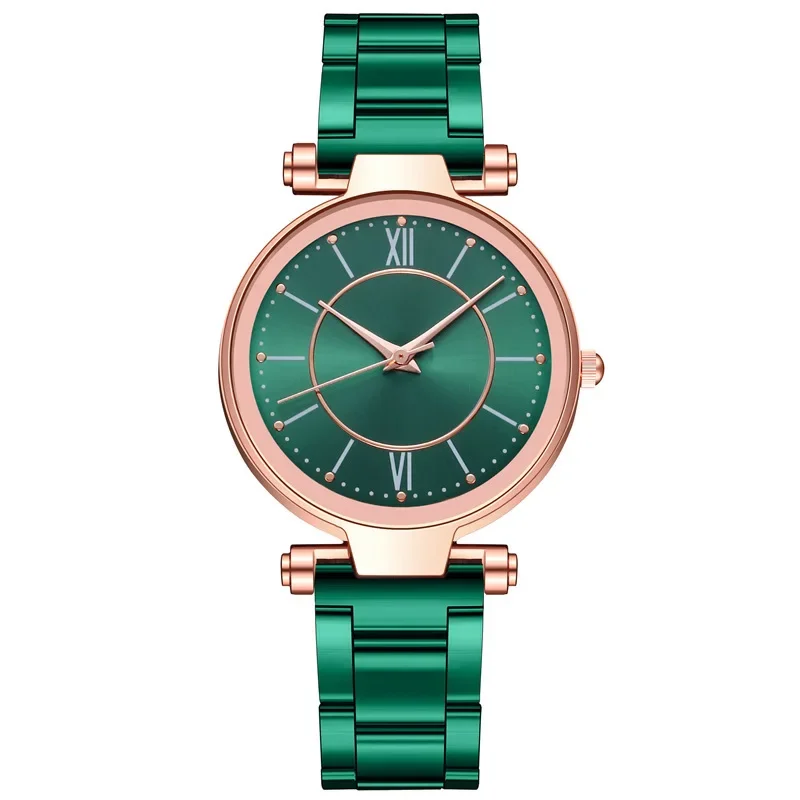
The Role of Wristwatches in Fashion Culture
As wristwatches evolved technologically, they began to play a more significant role in fashion culture. By the mid-20th century, wristwatches were no longer just tools for keeping time; they became fashion statements. Designers and manufacturers started collaborating with renowned fashion houses to create luxurious timepieces.
Wristwatches began to be used as a status symbol. People expressed their individual style and wealth through their choices in timepieces. This shift marked a turning point for the industry. The market expanded to encompass not only practical watches but also extravagant designs adorned with precious metals and gemstones.
Fashion icons began to embrace wristwatches as key accessories. Hollywood stars and global leaders wore elegant, designer timepieces, further boosting their popularity. Advertisements in magazines and television showcased trendy wristwatch designs, influencing public perception. Now, wearing a wristwatch signaled sophistication and class.
Furthermore, the new designs catered to various tastes and preferences. Manufacturers marketed watches as unisex items, targeting both men and women. Watch companies produced a wider variety of styles, from sporty and rugged to sleek and elegant. This diversity played a critical role in embedding wristwatches deep into everyday life and culture.
The Quartz Revolution
The 1970s marked yet another pivotal moment in watchmaking history—the advent of quartz technology. The introduction of quartz watches revolutionized the industry, offering unparalleled accuracy and requiring less maintenance than traditional mechanical watches. This innovation secured a strong foothold in the market, leading to what is commonly referred to as the “Quartz Revolution.”
Quartz watches use a small piece of quartz crystal that vibrates at a specific frequency when an electrical current passes through it. This oscillation allows the watch to maintain precise time. As a result, quartz watches required fewer components than mechanical watches. Manufacturers could produce these watches at scale, leading to lower prices and wider accessibility.
The quartz revolution changed the landscape of the watch industry. Many traditional watchmakers struggled to compete against the influx of affordable and precise quartz watches. Companies that had dominated the market for generations faced growing challenges as consumers began flocking to these new timepieces.
While some experts predicted the demise of mechanical watches, the reality turned out differently. Many watch enthusiasts embraced a renewed interest in craftsmanship, leading to a renaissance of mechanical watchmaking. People began to appreciate the artistry and engineering behind traditional watches. This revival helped sustain a balance in the market, allowing both quartz and mechanical watches to coexist.
Return to Elegance: The Luxury Watch Boom
Following the quartz revolution, the market witnessed a significant spike in luxury watch consumption. Watch brands recognized the potential to cater to the growing demand for high-quality, handcrafted timepieces. This resurgence emphasized the art of watchmaking, showcasing the intricate designs and mechanisms that mechanical watches could offer.
Luxury brands like Patek Philippe, Audemars Piguet, and Rolex continued to thrive during this period, producing exquisite timepieces aimed at affluent customers. These watches often included features like intricate movements, high-quality materials, and unique designs. Each piece became a symbol of elegance, often passed down through generations.
The luxury watch boom coincided with a cultural shift toward celebrating craftsmanship and heritage. Consumers sought out unique pieces that embodied artistry and history, rather than merely timekeeping functions. This trend spurred manufacturers to highlight their brand legacies and showcase the skills of their artisans.
Moreover, watchmakers began to work with innovative materials, including ceramics, titanium, and even carbon fiber. These advancements allowed for improved performance and durability without compromising style. A new wave of limited-edition watches emerged, often featuring exclusive designs and collaborations that appealed to collectors.
The Modern Era: Smartwatches and Beyond
As we moved into the 21st century, the watch industry faced new challenges with the emergence of smartwatches. These devices introduced a new era of functionality, offering not just timekeeping but also connectivity, health monitoring, and entertainment features. Manufacturers like Apple and Fitbit quickly dominated the market, appealing to users who prioritized technology and convenience.
Smartwatches offer a range of functionalities that traditional wristwatches cannot provide. They allow users to receive calls, track fitness, monitor heart rates, and interact with mobile applications. This all-in-one design appealed to tech-savvy consumers, especially younger generations. Many saw smartwatches as a necessity in a fast-paced, connected world.
However, traditional watch brands did not sit idly by. Recognizing the need to adapt, they began incorporating technology into their offerings. Some established companies started releasing hybrid smartwatches that maintain classic designs while including smart features. This strategy allowed them to cater to both traditional watch lovers and new technology enthusiasts.
Despite the technological advancements, there remains a significant portion of the market that values the elegance and craftsmanship of traditional timepieces. The luxury watch sector continues to thrive, appealing to followers of horology who appreciate the skill and history behind mechanical watches. People often view these timepieces as investments, making them sought-after collectibles.
Concluding Thoughts: The Enduring Legacy of the Wristwatch
The first wristwatch marked a significant turning point in the history of timekeeping. It transformed not just how people kept time but also the way they expressed their personal style. From the delicate designs of the late 19th century to the rugged functionality needed for military service, the wristwatch has undergone countless transformations.
Today, wristwatches remain significant both as tools for keeping time and as fashion statements. Whether it’s a sleek smartwatch or an ornate mechanical watch, wristwatches have embedded themselves deeply into modern culture. They serve as reminders of our relationship with time—as practical instruments but also as expressions of individuality and craftsmanship.
The journey from the first wristwatch to the present day showcases the resilient and adaptive nature of the watch industry. While technology continues to evolve, the essence of what a wristwatch represents—precision, artistry, and status—remains unchanged. In a world filled with rapid technological changes, the wristwatch endures as a timeless accessory that continues to intrigue and inspire generations.
